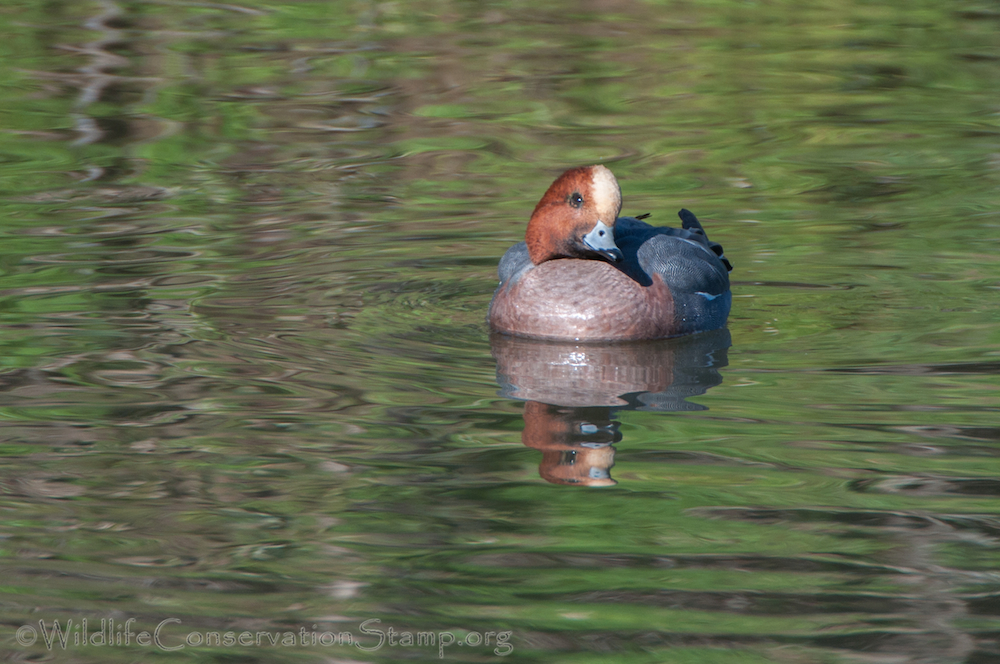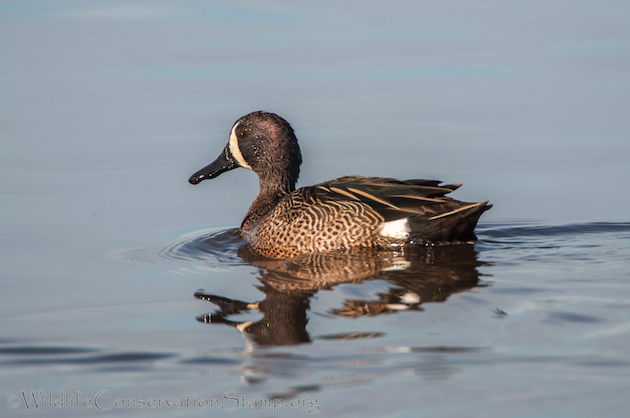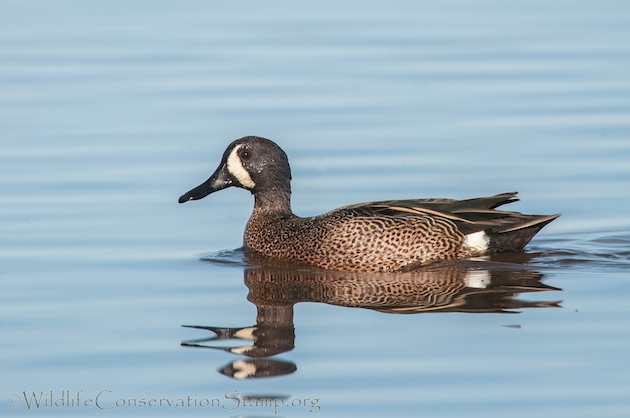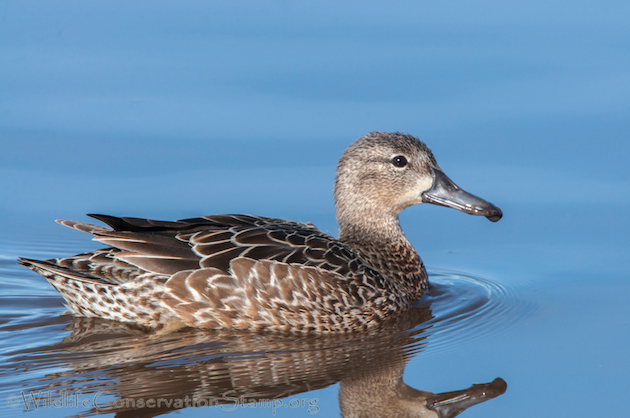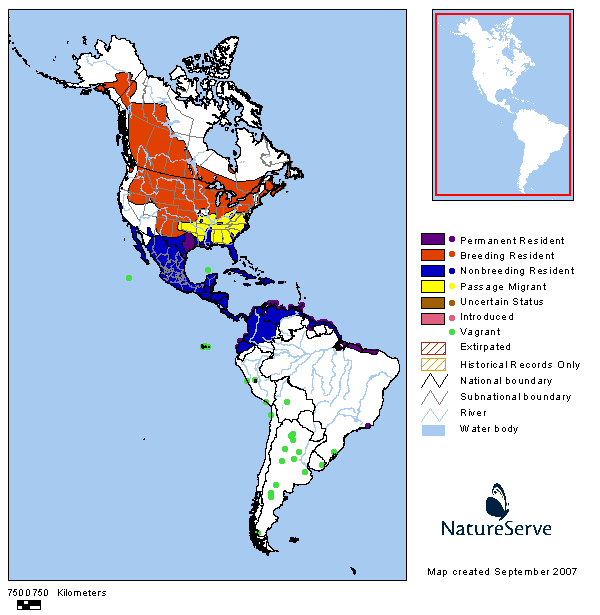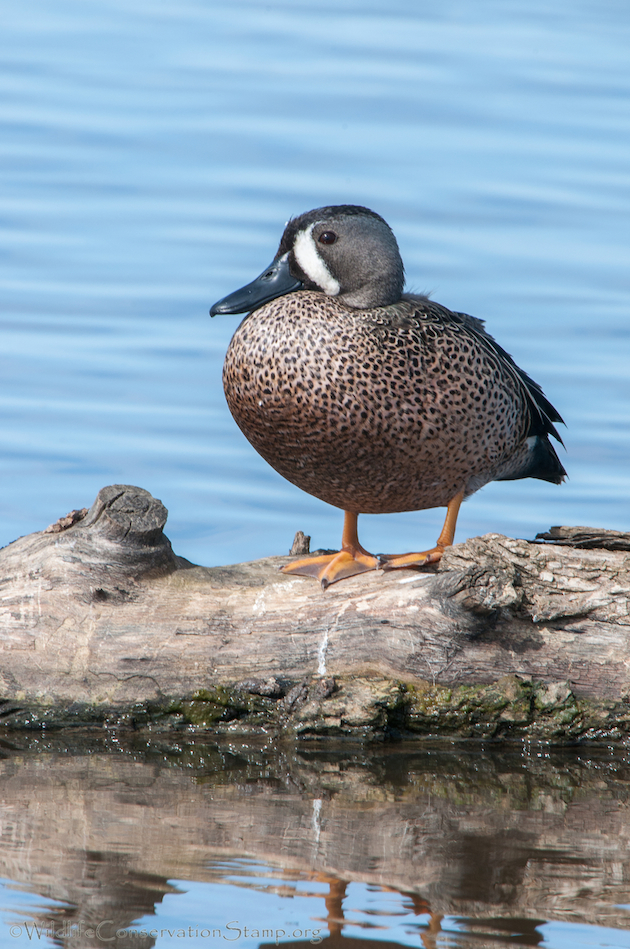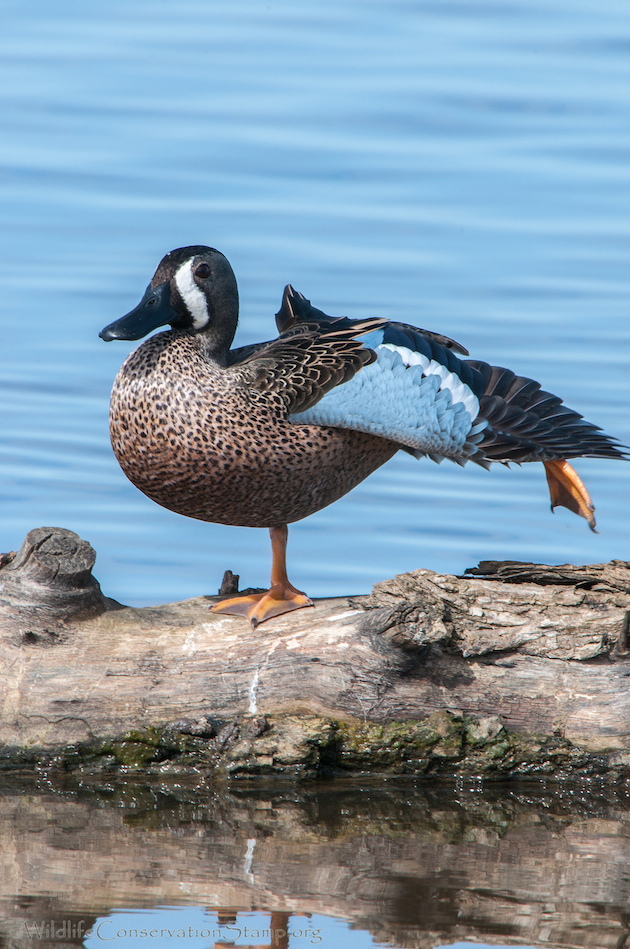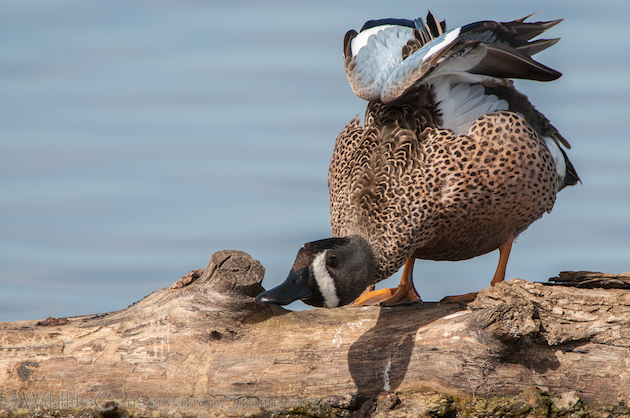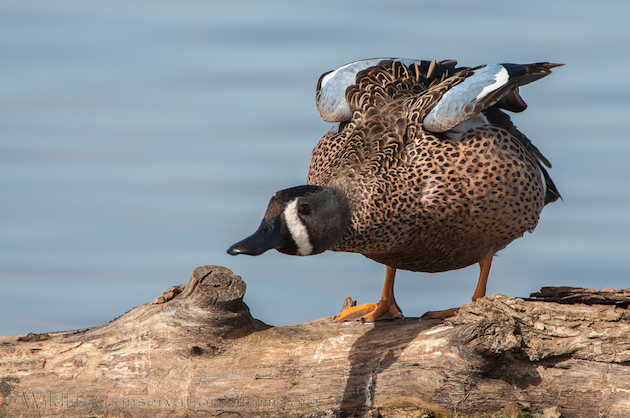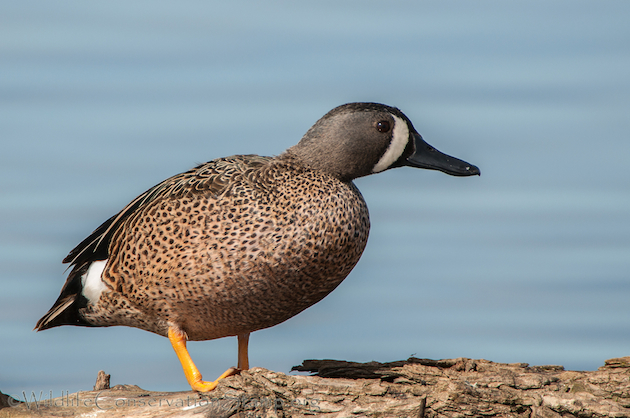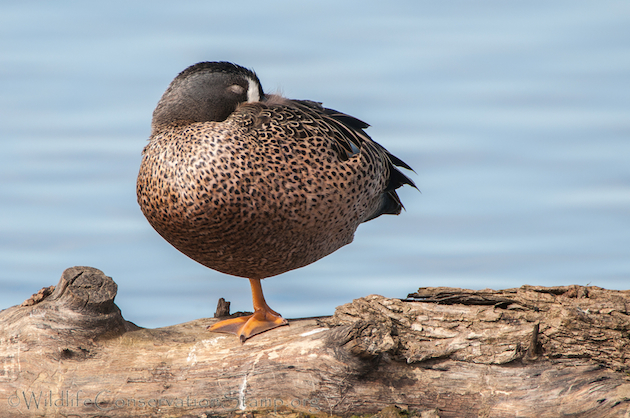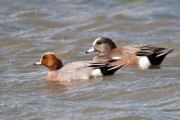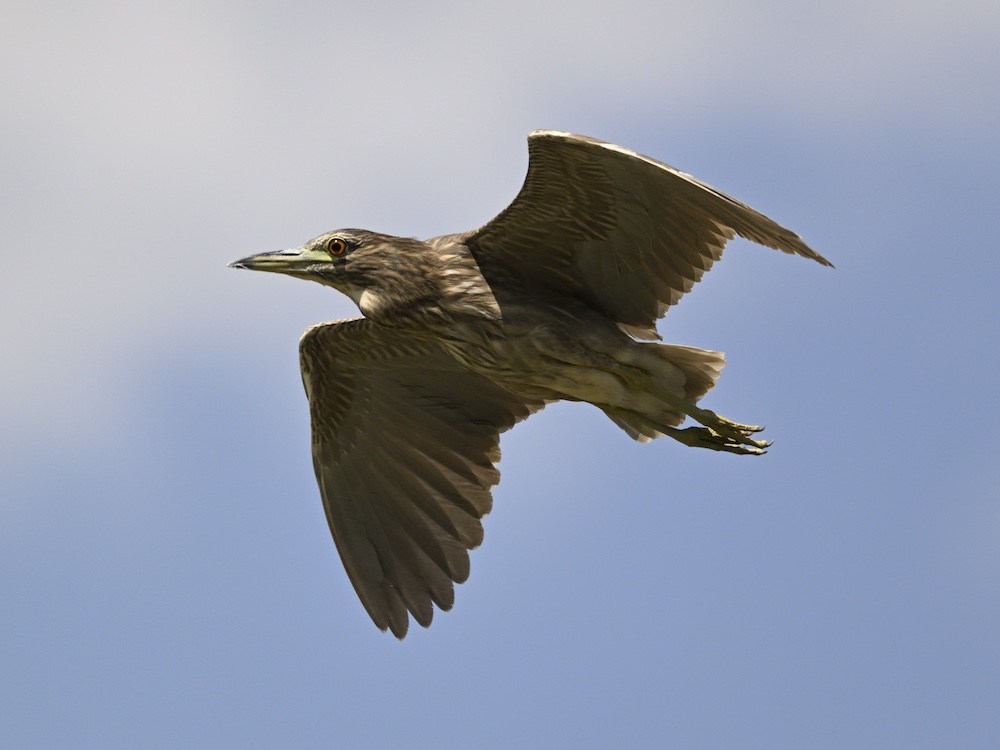
Gray Lodge’s diversity and location along the Pacific Flyway make it a haven for wildlife. Surrounded by miles of rich agricultural lands, the approximately 9,100-acre area is managed for the wildlife that call Gray Lodge home for all or part of the year. Reflective ponds, grassy fields and wooded riparian areas provide food, water and shelter for more than 300 species of resident and migrant birds and mammals. Meet at the Kutras Park parking lot at 6:30 am sharp to carpool or at parking area 14 at the refuge at 8:30 am. Bring a lunch and water as this is an all day event. It is not unusual to see over 50 species of birds at this location and is the only place I know to commonly find all three “Teals”. We will traverse the walking trail around the ponds, to the viewing platform and back to the parking lot. Following lunch we will drive the auto tour loop. Questions? Contact Larry Jordan at webmaster@shastabirdingsociety.org
A CDFW Lands Pass must be in possession by each visitor who is 16 years of age or older, however, visitors who are in possession of a valid California hunting or fishing license in their name are exempt from this requirement. Lands passes may be purchased on-line, by phone at (800) 565-1458, or in-person at locations wherever hunting and fishing licenses are sold. They are also available in the parking area at Gray Lodge for $4.50. Here is a link to the bird list: https://nrm.dfg.ca.gov/FileHandler.ashx?DocumentID=88006&inline

